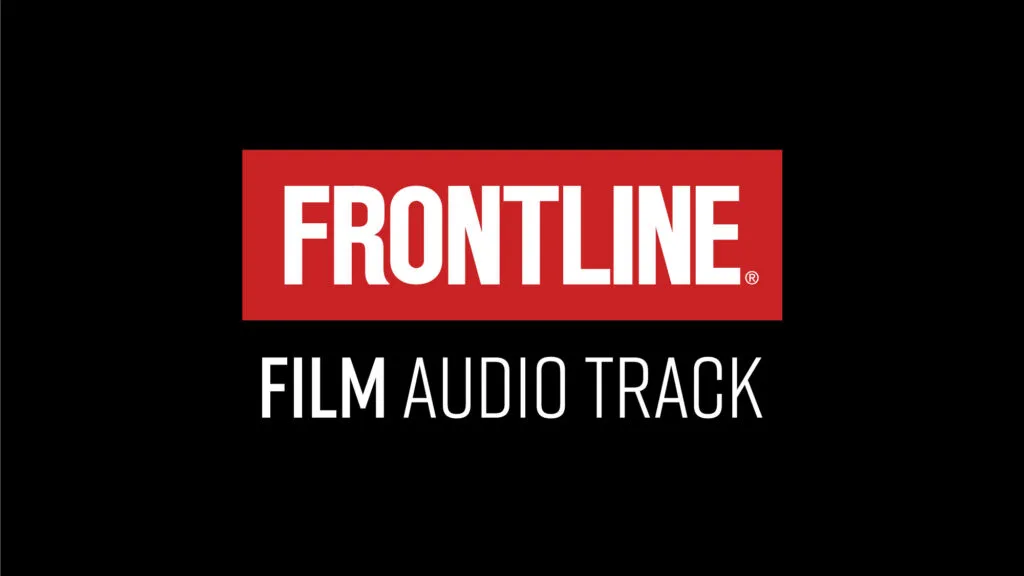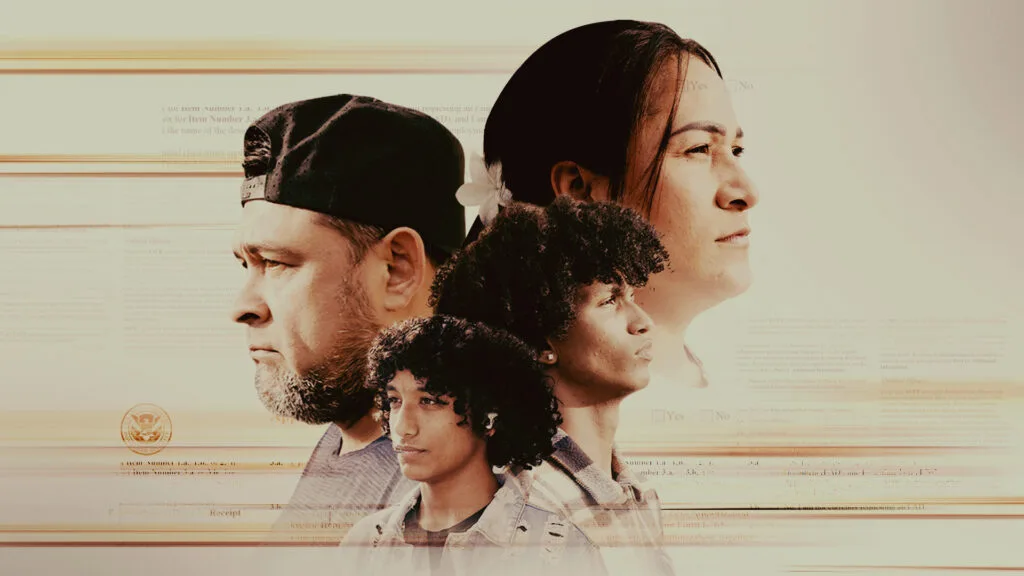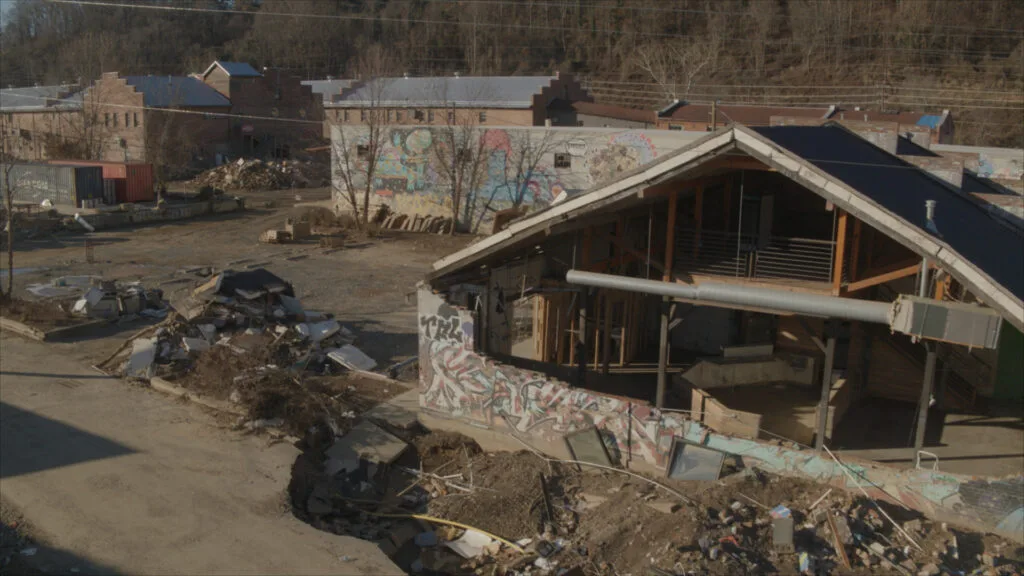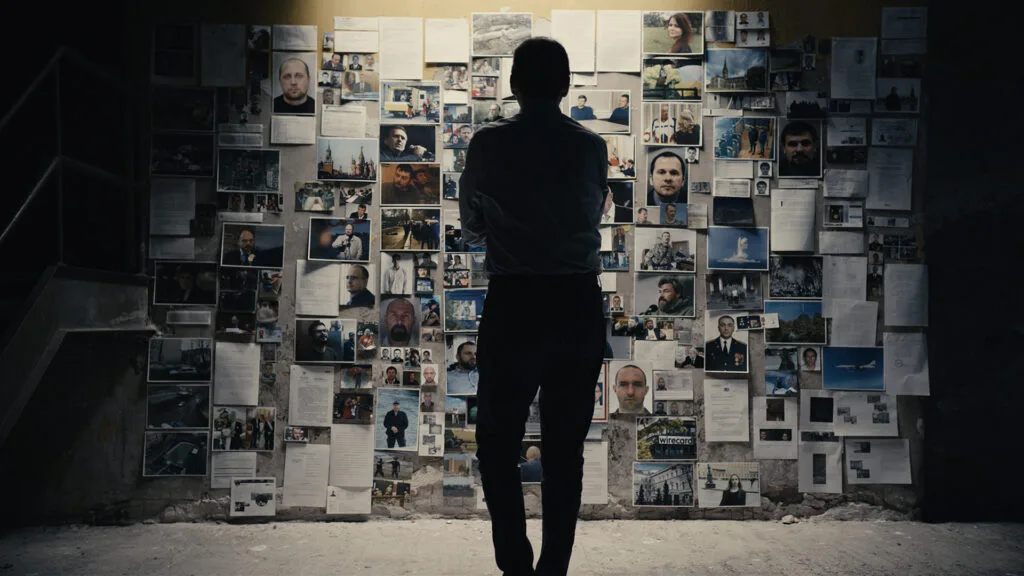Police on Trial

June 22, 2022
FRONTLINE and Pulitzer Prize-winning reporters from our local journalism partner Star Tribune examine one of the most pivotal events in the history of race and policing in America. Police on Trial draws on unique on-the-ground reporting and filming, from the earliest days after George Floyd’s death, to documenting the trial and murder conviction of former police officer Derek Chauvin, to ongoing struggles for police accountability and reform in Minneapolis. Listen to the audiocast here or watch the documentary.
Latest Documentaries
Policies
Teacher Center
Funding for FRONTLINE is provided through the support of PBS viewers and by the Corporation for Public Broadcasting. Additional funding is provided by the Abrams Foundation; Park Foundation; the John D. and Catherine T. MacArthur Foundation; and the FRONTLINE Trust with major support from Jon and Jo Ann Hagler on behalf of the Jon L. Hagler Foundation, and additional support from Koo and Patricia Yuen. FRONTLINE is a registered trademark of WGBH Educational Foundation. Web Site Copyright ©1995-2025 WGBH Educational Foundation. PBS is a 501(c)(3) not-for-profit organization.


















